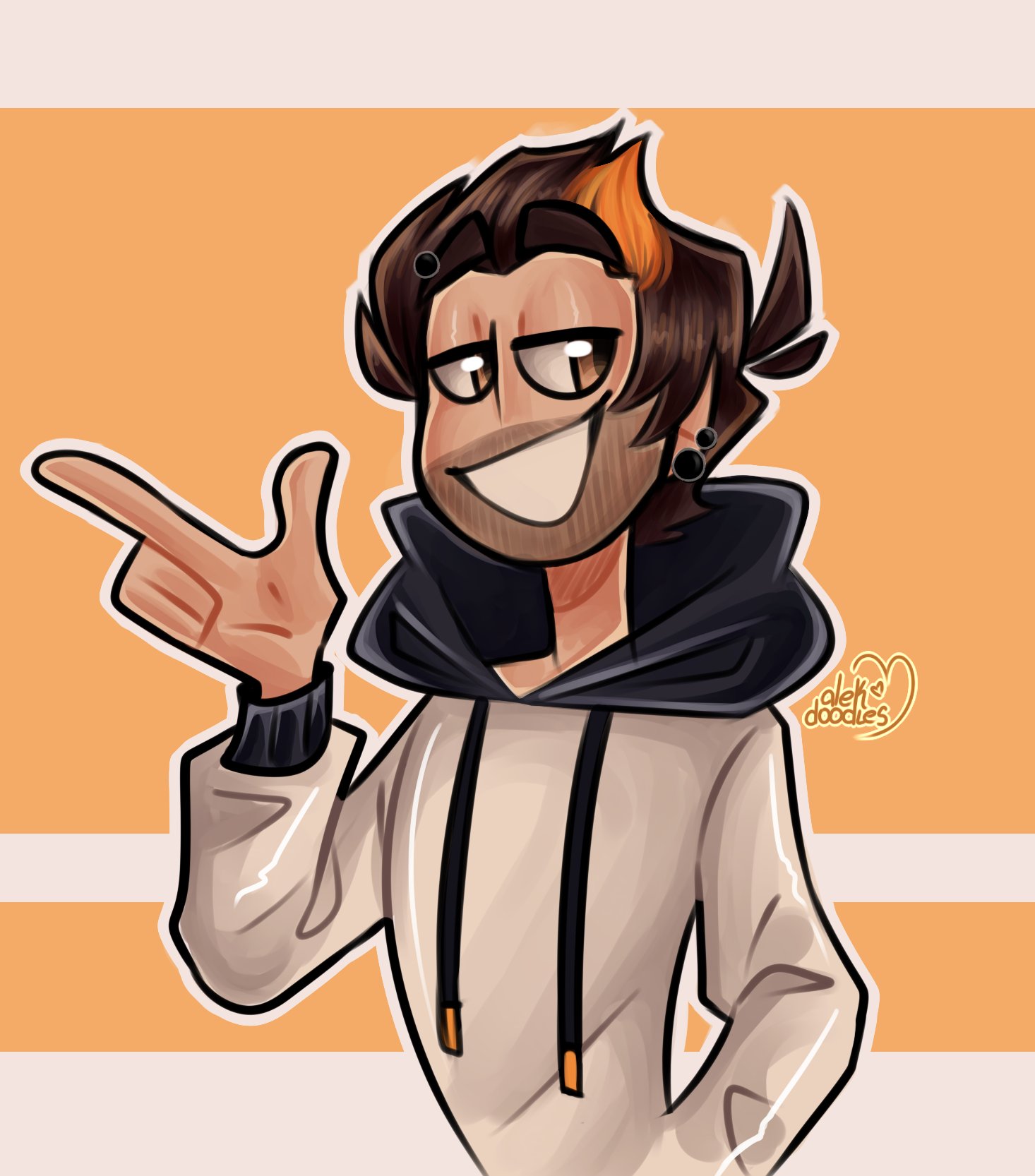As with all English verb tenses, the attitude of the speaker is as important as the moment the action or event occurs. By using the "present continuous", we are referring to something that has not finished or is incomplete.
To form the present continuous the auxiliary verb "to
be" and the verb + ing are used.
Affirmative: Subject + auxiliary verb (to be) + verb + ing.
Example:
→ I am learning french.
→ She is cooking
Negative: Subject + auxiliary verb (to be) + negative auxiliary (not) + verb + ing.
→ He is not dancing / He isn't dancing.
→ She is not cooking / She isn't cooking.
Interrogative: Auxiliary verb (to be) + subject +
verb + ing?
→ Are you learning?
→ Are they eating?
USES
- The present continuous is used to talk about something that is happening at the moment in which we speak. Examples:
→ She’s eating at the moment.
→ Is it snowing?
→ You are studying
English.
- We also use it to talk about something that is happening today but not necessarily when we speak. In this case, time expressions such as "currently", "lately" or "these days" are used. Examples:
→ We’re learning
French.
→ Is she working much
lately?
→ She is working a lot
lately.
- We use the present continuous to talk about something that is already decided to be done in the near future. Its use indicates that it is quite certain that what is planned will happen. Examples:
→ I'm going to the pool
tonight.
→ He isn’t coming to class tomorrow.
→ They are going to the zoo next Monday.
- Mention temporary events. Example:
→ Today is raining but yesterday was sunny.
- Describe actions that occur constantly. In these cases the sentence is reinforced with adverbs such as always, forever, constantly, among others.
→ The birds are always singing since sunrise.
RULES
As you can see, the dominant ending in this verb tense is
–ing, however, the following rules for the formation of gerunds in some verbs
should be emphasized:
- All verbs end in –ing: You don't have to think about this too much. Every verb conjugated in the present continuous must have this ending. Example:
→ She is watching Rubius on her laptop.
→ I am traveling to Andorra.
- When a verb ends in a consonant, the last letter must be doubled to add the ending –ing. Example:
→ They are swimming in the sea.
→ We traveled day and night without stopping.
- If the verb ends in a silent e, this letter is removed and the ending –ing is placed. Example:
→ She is singing Karmaland rap.
→ I am writing a book.
- Verbs that end in double e keep this ending and add –ing to the end. Example:
→ I am seeing my lawyer next Monday.
- Verbs ending in –ie substitute a and + -ing. Example:
→ He is lying to his father.
→ The character is dying very fast.
Note: There are some verbs that we do not usually use in
continuous tenses. The verbs in the following list often use the simple form
because they refer to states, rather than actions or processes.
- Sensation / perception
- to feel
- to hear
- to see
- to smell
- to taste
- Opinion
- to assume
- to believe
- to consider
- to doubt
- to feel
- to find
- to suppose
- to think
- mind States
- to forget
- to imagine
- to know
- to mean
- to notice
- to recognize
- to remember
- to understand
- Emotions / wishes
- to envy
- to fear
- to dislike
- to hate
- to hope
- to like
- to love
- to mind
- to prefer
- to regret
- to want
- to wish
- Measures
- to contain
- to cost
- to hold
- to measure
- to weigh
- Others
- to look
- to seem
- to be
- to have
EXCEPTIONS
The verbs of sensation and perception (see, hear, feel,
taste, smell) are often used with can: I can see ... They can take the
progressive form but, in this case, their meaning usually varies.
→ John's feeling much better now.
→ She has three dogs and a cat. (possession)
→ I'm seeing Anthony later. (we intend to meet)
AN APPLICATION TO LIFE
We apply it in life to be able to say things or plans that
we will do in the future. It is not about things that we would like to do, but
about something that we have already planned. Also to complain about the
behavior of a person with respect to something that he does over and over
again.







No hay comentarios.:
Publicar un comentario